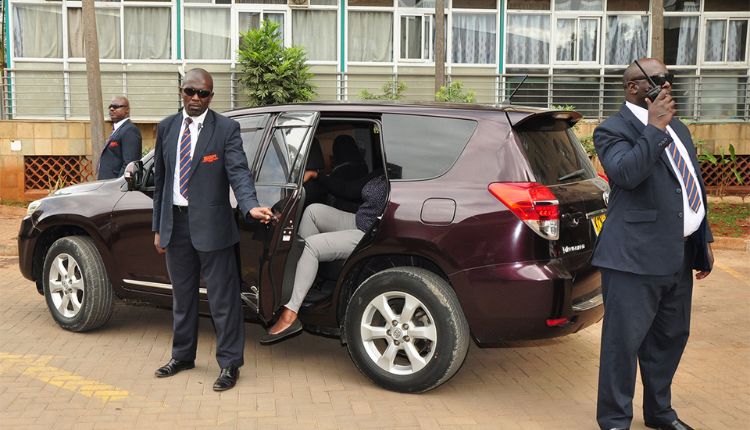Close protection is a vital aspect of modern security that ensures the safety of individuals who may be exposed to potential threats. Often associated with high-profile figures, corporate executives, celebrities, and politicians, close protection encompasses strategies and practices designed to prevent harm and respond effectively in emergency situations. The role of close protection officers has evolved over time, adapting to emerging risks and the changing landscape of personal security.
The Role of a Close Protection Officer
A close protection officer is trained to safeguard clients from various dangers, ranging from physical attacks to abduction and harassment. Their responsibilities extend beyond simple physical presence; they conduct risk assessments, plan secure travel routes, manage access control, and coordinate with other security personnel. The primary goal is to minimize exposure to threats while maintaining the client’s freedom of movement and dignity. The professionalism and discretion of close protection officers are crucial, as their work often involves sensitive environments and confidential information.
Training and Skills Required in Close Protection
Training for close protection is rigorous and multifaceted. Officers are taught defensive tactics, first aid, situational awareness, surveillance detection, and emergency response procedures. Additionally, communication skills, decision-making under pressure, and adaptability are essential traits. Modern close protection programs often include advanced driving techniques, counter-surveillance methods, and threat analysis. Continuous training is necessary because threats constantly evolve, and officers must remain prepared to respond effectively.
Close Protection in Corporate Environments
In corporate settings, close protection ensures the safety of executives, board members, and visiting dignitaries. Threats in these environments may include kidnapping, extortion, or targeted attacks related to business dealings. Close protection officers in corporate contexts work closely with security teams to implement protocols that reduce risk during travel, meetings, and public appearances. They also manage the security of sensitive information, ensuring that confidential corporate strategies are not compromised.
Technology and Innovation in Close Protection
The field of close protection has increasingly integrated technology to enhance safety measures. Surveillance cameras, access control systems, GPS tracking, and cybersecurity protocols are now common tools. Officers often use communication devices and monitoring software to coordinate security efforts in real time. Technological advancements have also improved threat detection, allowing close protection teams to anticipate potential risks and respond proactively.
Challenges Faced by Close Protection Officers
Close protection officers operate in high-pressure environments where vigilance is constant. The unpredictability of threats and the need to react quickly demand both mental and physical resilience. Balancing the client’s privacy with the necessity of security can be challenging, particularly in public spaces. Officers must navigate complex social dynamics while maintaining a professional presence, often in situations where any error could have serious consequences.
The Importance of Risk Assessment
A cornerstone of close protection is risk assessment. Identifying potential threats before they escalate is critical to preventing incidents. Officers analyze environments, evaluate behavior patterns, and consider historical data to develop effective security plans. Risk assessments are ongoing, requiring continuous updates based on changes in circumstances, intelligence, or public events. This proactive approach enables close protection teams to anticipate dangers rather than simply react to them.
Conclusion
Close protection plays a crucial role in modern security by safeguarding individuals from a wide range of threats. The effectiveness of close protection relies on the skill, training, and vigilance of officers who must balance discretion with proactive measures. From corporate executives to public figures, those who require personal security benefit from structured strategies, risk assessments, and the integration of advanced technology. As security challenges evolve, close protection continues to adapt, ensuring that the safety of clients remains a top priority while allowing them to carry out their daily activities with confidence and peace of mind.

